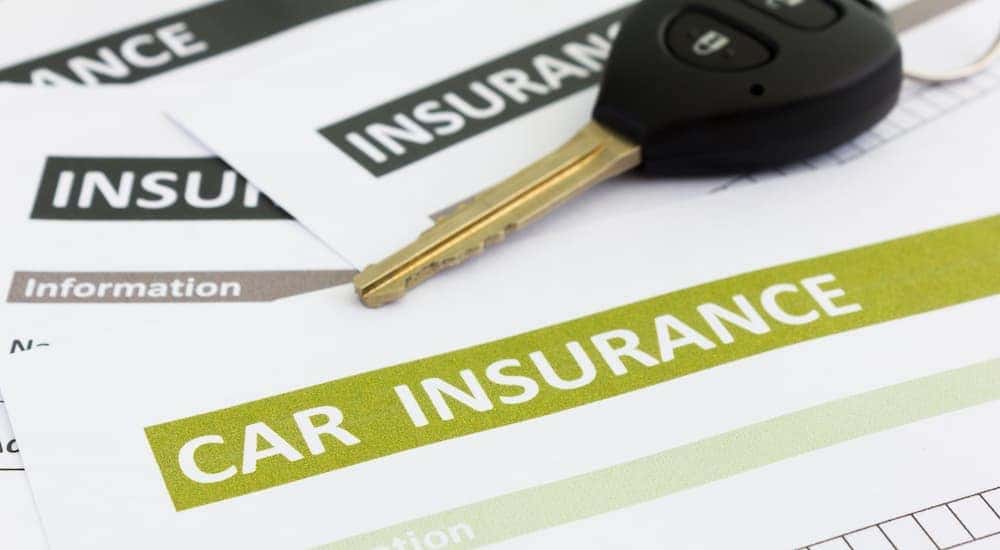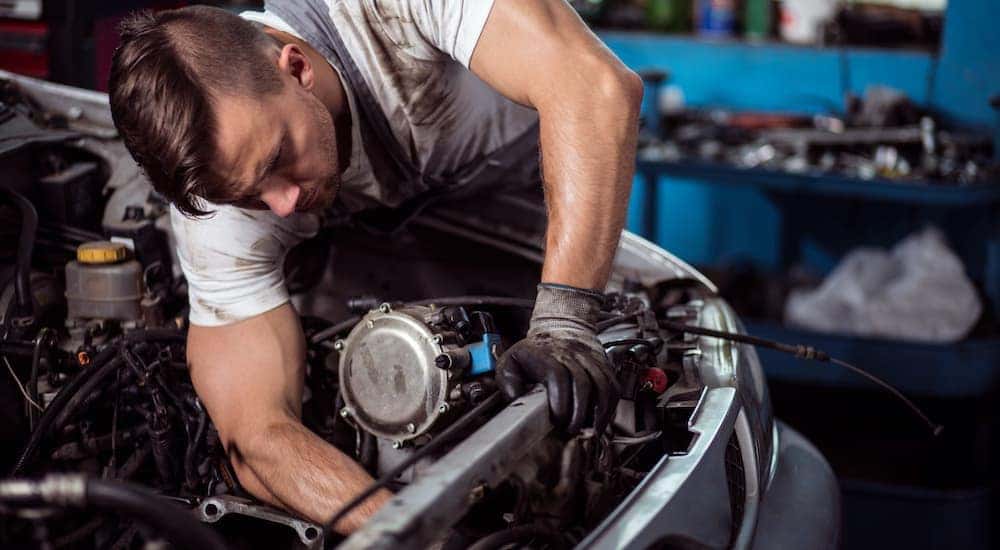
Purchasing your first car is a monumental occasion; it’s a rite of passage into adulthood that deserves to be celebrated. But there’s more to owning a vehicle than simply getting behind the wheel. You’re also responsible for common automotive expenses like insurance, registration, taxes, maintenance, and repair. So, how much can you expect to budget for these expenses? Fortunately, your search for a “used car dealer near me” brought you to Performance Toyota, where we’re excited to answer that question and prepare you for the responsibilities that come with owning a vehicle.
We’re here to help you celebrate this rite of passage and, as veterans in the business, know that the best way to do that is by educating new drivers like yourself. It’s important to know what to expect. Buying a used vehicle with us is straightforward, but that’s only the beginning of your automotive-related expenses. So what can you expect to spend on your first vehicle, and how can you set yourself up for greater financial success as a first-time driver? We’ve got those answers and more!
Expense #1: The Vehicle Itself
You’re already off to a great start by shopping for a used vehicle. While that new car smell is enticing, a new car starts losing its value the moment you drive it off the lot. By purchasing a used vehicle, you’re avoiding this rapid rate of depreciation and paying closer to the vehicle’s actual value. Coincidentally, your money also goes a lot further on the used lot and can get you behind the wheel of a better-equipped car, truck, or SUV with cutting-edge safety and technology features.
Let’s Talk Numbers
Let’s put this in context. Your budget is $25,000, which barely gets you behind the wheel of an entry-level trim on a new model. Even then, you lose up to 11% of your investment when you drive off the lot, which is the same as setting a match to a $2,750 check. After 12 months, your vehicle is only worth 80% of its value or $5,000 less than you paid. By its fifth year, your $25,000 car is only worth $10,000 or 40% of what you paid.
On the used lot, your $25,000 budget can get you behind the wheel of a well-equipped model like the Toyota Camry. In exchange for that new car smell and a few miles on the odometer, you’re getting an efficient and luxurious sedan with an array of features at a fraction of the price. What’s not to love?
Expense #2: Insurance
After you purchase a vehicle, you’re legally required to insure it in the state of Pennsylvania. Insurance protects you, your investment, and your passengers in the event of an accident, whether you or another driver is at fault. Unfortunately, insurance is typically higher for new drivers because inexperience makes you a greater liability or risk to insure.
In Pennsylvania, the overall cost of insurance is lower than the national average, as is the cost to own a vehicle. Financial experts report that an 18-year-old teen driver can expect to pay around $4,800 per year for insurance. This averages to $400 per month, which is considerably lower than the national average of over $600 for full-coverage insurance for an 18-year-old.

Let’s Talk Ways to Save
There are several ways you can save on insurance. Insurance companies often offer multi-car or bundle discounts, which is ideal if your parent or guardian is willing to add your vehicle to their policy and let you make your part of the payment. Many insurance companies also offer a good student discount based on your grades, while others reward safe driving with lower rates after an accident-free period. Beyond these discounts, we also encourage you to shop around for insurance as rates vary across companies.
Expense #3: License, Registration, and Taxes
Once you’ve purchased your used vehicle, you have to make it street-legal to drive in Pennsylvania. Beyond insurance, you’ll have to make sure it’s registered and licensed. You’ll also have to pay taxes on the sale and personal property taxes each year. Vehicle registration in Pennsylvania averages anywhere between $35 and $85, while licensing a used vehicle is around $75 depending on its weight. The Pennsylvania Department of Revenue also collects a 6% sales tax on the vehicle, which means you’ll pay approximately $1,500 in sales tax on a $25,000 purchase.
Let’s Talk Financial Planning
Unfortunately, there’s no way to save on your used vehicle’s taxes, registration, and licensing. While you may negotiate a lower price on your used car or negotiate so that the dealership covers the sales tax, this isn’t a fool-proof way to save money. Because of this, it’s vital to account for these expenses as you financially plan for your purchase. For example, you can include the 6% sales tax rate into your overall budget to reduce the risk of spending more than you can afford.
Expense #4: Tires, Maintenance, and Repairs
One of the greatest responsibilities you have as a vehicle owner is overseeing its operability so that it serves you for many miles ahead. It’s the smartest way to protect your investment. To do this requires routine maintenance, such as oil changes and tire rotations. It also means purchasing a new set of tires or repairing significant issues when they arise, such as those pesky “Check Engine” lights that can signal more extensive problems with the powertrain or drivetrain.
Maintenance, repair, and tire expenses can vary dramatically based on the issue, the service center, and your location. Routine vehicle maintenance like oil changes and tire rotations typically average around $75 to $275 per year, depending on mileage and driving conditions. Extensive repairs like those involving the transmission or engine are more expensive and can cost thousands of dollars, which is stress-inducing and financially overwhelming if your vehicle is out of warranty.
Let’s Talk Ways to Save
One of the most effective ways to save on vehicle maintenance is to stay vigilant. For example, a “Check Engine” light might be inconvenient and require spending an afternoon at our service department, but it can lead to more costly repairs when ignored for too long. The same approach works for your tires, which are vital to your safety on the road and your vehicle’s performance. Bald tires are not only hazardous in wet conditions, but they also force your car, truck, or SUV to work harder and burn more fuel. By keeping an eye on your tread and monitoring for uneven wear, you can prolong the life of your tires and keep more of your hard-earned money in your wallet.

Money, Money, Money
Did you know that Pennsylvania is the fifth most affordable state to own a car? As of 2021, financial experts reported that Pennsylvania car owners spend around $2,248 per year on their vehicles. This amount excludes the vehicle’s purchase price and includes maintenance, repair, insurance, and fuel. Ah, that dreaded “F” word. Fuel.
No, we didn’t forget. Fuel is one of the heftiest expenses that come with owning a vehicle. It’s also one of the hardest for us to put an exact number on because it depends on the vehicle, your driving style, and how often you’re behind the wheel. For example, fuel costs are minimal for someone who drives a hybrid and barely logs 100 miles on the odometer each week. However, fuel costs will be significantly higher if you’re behind the wheel of a truck like the Tundra and spend a lot of time on the road. So, what’s our solution?
As you budget for your first vehicle and your celebratory rite of passage into adulthood, it’s best to estimate high rather than low for every automotive expense. This puts you in a position to be prepared for the unexpected. In addition, by financially preparing for these situations, whether filling up the tank or buying a new set of tires, they become less of a financial catastrophe and set you up for greater success as a responsible vehicle owner.





